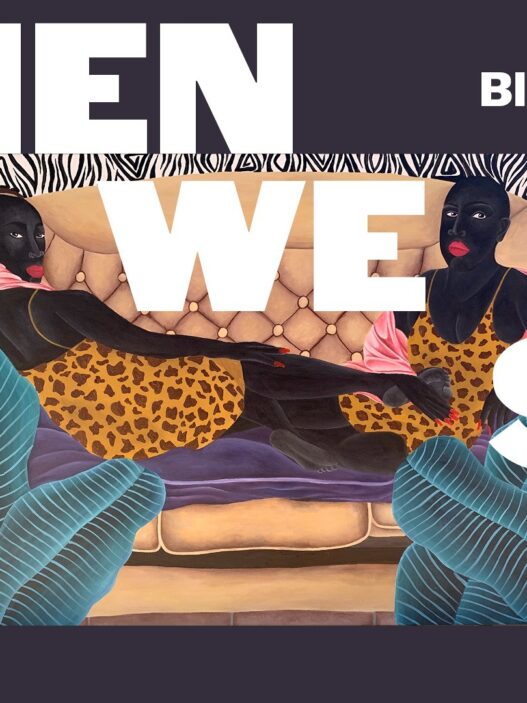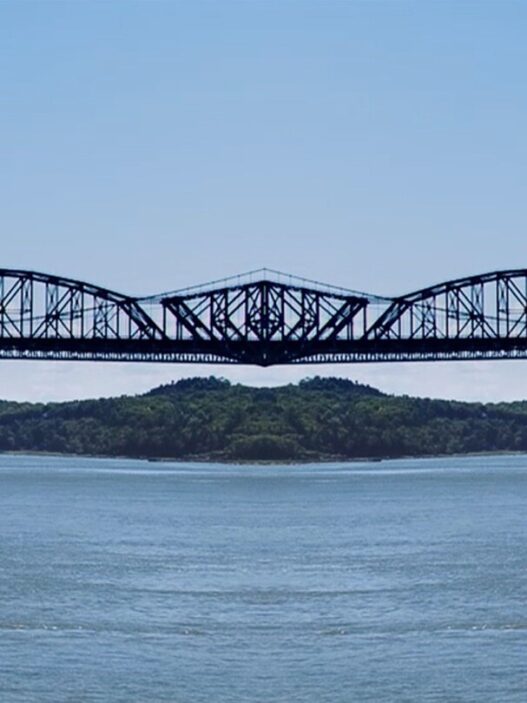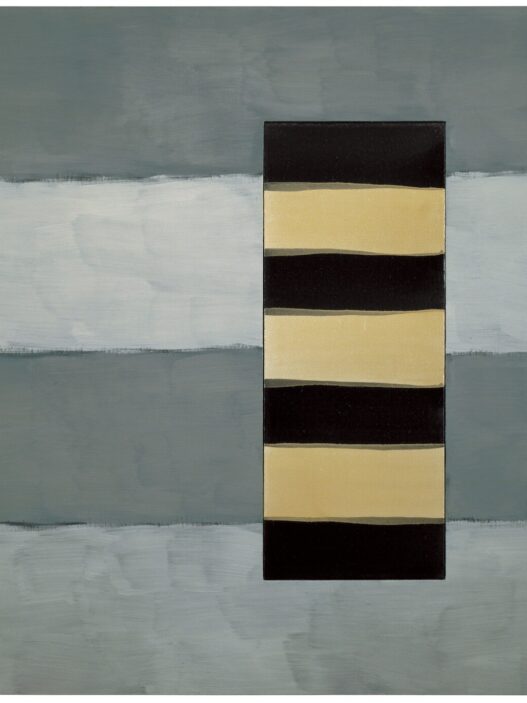November 12–December 23, 2022
Exodus, a new work exhibition by Anselm Kiefer, will debut in New York on November 12 at 555 West 24th Street and in Los Angeles on November 19 at Gagosian at Marciano Art Foundation, 4357 Wilshire Boulevard.
Paint, terra-cotta, cloth, rope, wire, found objects, electrolytic sediment, and metal—including copper and gold leaf—are just a few of the materials used in the large-scale artworks on display in New York and Los Angeles. These paintings, which combine the humble with the elevated, are full of gesture, a sense of metamorphosis, and alchemical symbolism.
Kiefer views history, literature, and mythology as influences on the present, continuing his syncretic approach to materials. He includes Hebrew inscriptions from the book of Exodus as well as thematic allusions to its story while drawing on a variety of other sources in this new body of art. The paintings, which are metaphysical allegories that reflect on loss and deliverance, dispossession and homecoming, are full with metaphorical thresholds between peoples, places, and times.
The paintings in the New York exhibition depict imposing structures and ruins. Their architectural symbolism is infused with Exodus-related ideas and was created by authors who have long been an inspiration to Kiefer, such as Paul Celan and E.T.A. Hoffmann. The centerpiece of the installation is the painting Dana (2016–21), which combines a depiction of the enormous Tempelhof Airport in Berlin with the tale of Zeus being transformed into a shower of gold. Gold leaf is used extensively in the painting. The legendary location was constructed on a Knights Templar territory in the Middle Ages, inaugurated as an airport complex in 1923, had extensive development under the Third Reich, and was crucial to the Berlin Airlift during the Cold War. The facility was recently utilized to house refugees temporarily, which is significant because it links it to Exodus’s themes. Other historically and culturally significant structures included in the paintings include the Montecassino Abbey in Italy, Albert Speer’s Zeppelin Grandstand in Nuremberg, Germany, and Louis Kahn’s Institute of Management in Ahmedabad, India.
In works of art like Für E.T.A. HOFFMANN (2021), human forms are represented by empty garments connected to the surfaces. Another collection of paintings blends parts of the landscape with improvised conveyances, such as bicycles, baggage dollies, and shopping carts, which serve as methods of travel between worlds. These items, which are laden with bundles, are reminiscent of the way immigrants arriving in a new country to escape war, oppression, and natural disasters, or those who are searching for a new home today.
Kiefer further develops themes of loss, history, and redemption in the pieces on display at Gagosian at Marciano Art Foundation in Los Angeles. Exodus (2012–21) is divided into two sections: the lowest register, which features a painted and strawed landscape attached to the canvas, and the upper, dynamic composition, which revolves in concentric rings and is centered on groups of figures that enclose a bicycle. The staircase that connects the two spheres in En Sof (2020–2022) and the emanation of Wolkensäule (Column of Clouds) continue the theme of the connection between the celestial and the terrestrial (2009–21). In Exodus’ account of the Red Sea’s parting, which is titled And with the blast of thy nostrils the waters were gathered together, the floods stood erect as a heap, a suspended sculpture of a contemporary naval vessel represents the defeat of the pharaoh’s soldiers (2020).
Another set of paintings on display in Los Angeles had gold leaf backgrounds that are hung above a cascade of broken shopping carts and straw mats. In one, painter’s palettes and brushes are mingled together to represent the transcendence of creative effort and its capacity to move between the earthly and the divine, as well as the symbolic weight and materiality that are essential to Kiefer’s art production. Phoenix (2018–19), a sizable sculpture of a winged palette made of stainless steel and lead, addresses these issues.
To go with the exhibition, a fully illustrated catalogue will be published. A number of Gagosian publications and a reading area with a number of rare volumes devoted to Kiefer monographs are part of the exhibition at Marciano Art Foundation.
Gagosian New York
555 West 24th Street
New York, ny 10011









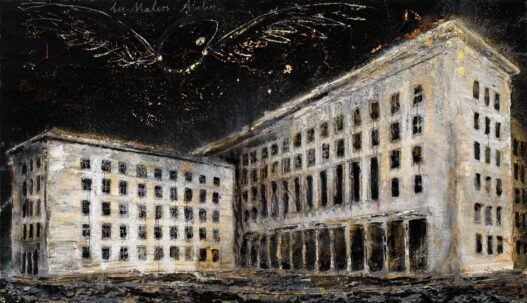
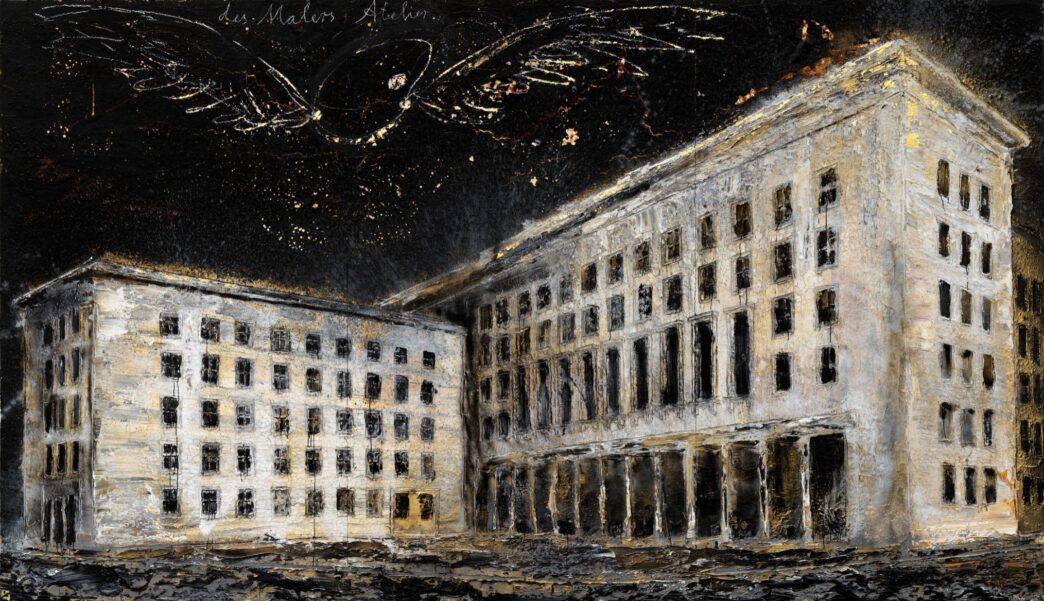


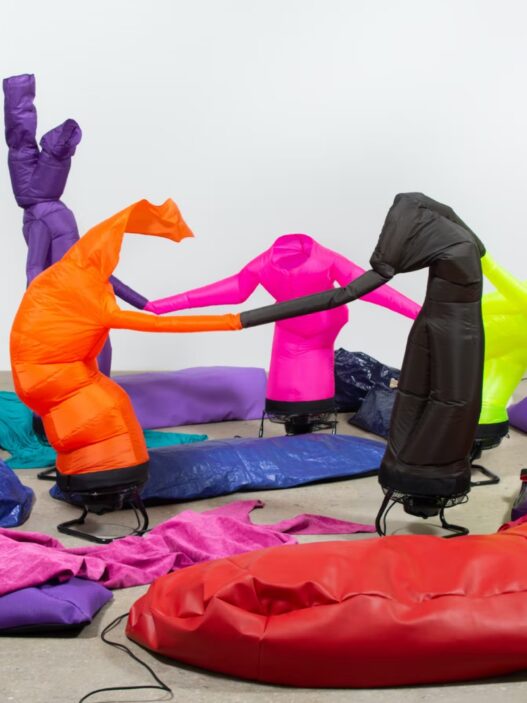
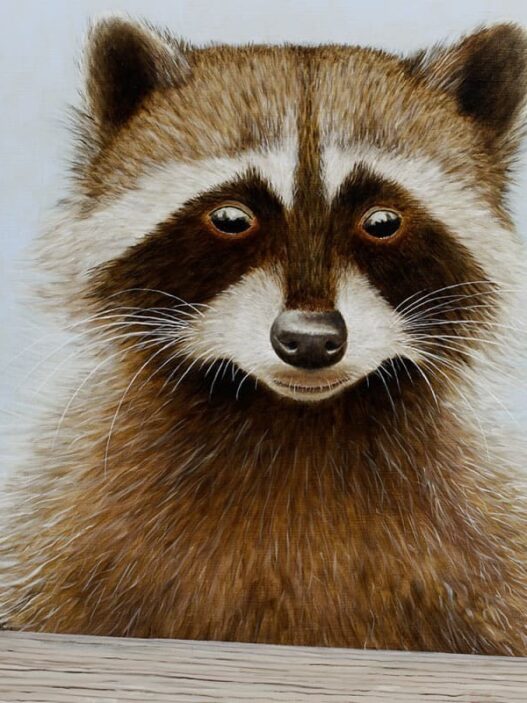
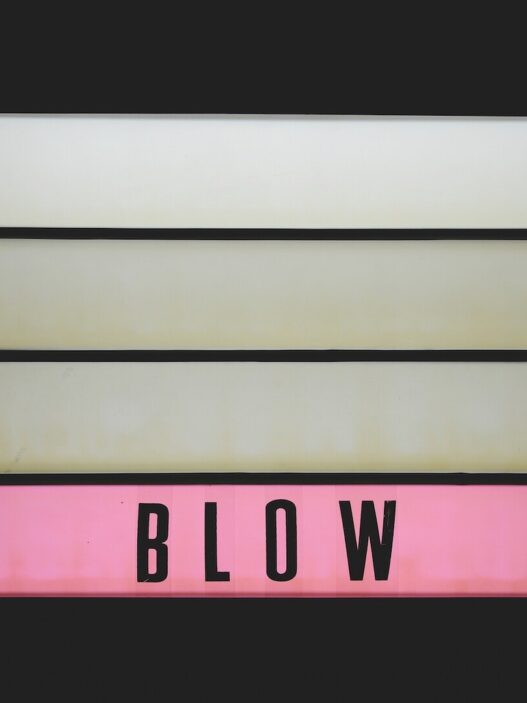

![[1] View of Enrico Vezzi: L'ordine immaginario (The Imaginary Order), Tenuta Dello Scompiglio, Lucca, Italy, 2022. Courtesy of Associazione Culturale Dello Scompiglio. [2] View of Cecilia Bertoni: Danze vuote (Empty Dances), Tenuta Dello Scompiglio, Lucca, Italy, 2022. Courtesy of Associazione Culturale Dello Scompiglio.](https://dailyart.news/wp-content/uploads/2022/11/enrico_vezzi-527x703.gif)
